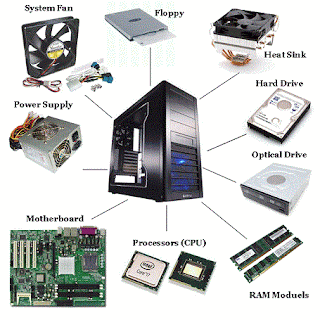Best kids' apps for primary school children
Animals for Kids Forest
Alphabet Flashcards
Math on the Farm
a Math Numbers Eng
This video describes the aMath Numbers Eng android application. https://play.google.com/store/apps/de... 12
Colouring Pages for Kids
LEGO® Juniors Create & Cruise
Hairy Letters
Buddha for Kids
An interesting app that focuses on history over religion. App maker Quelle Histoire creates apps that help six- and seven-year-olds learn about the lives of famous people - this case the Buddha. Your children will likely enjoy this app - and they will learn something too. Through 10 illustrated images, the children will follow Buddha from his first steps under the great tree at Lumbini to his Enlightenment near to the sacred town of Uruvela. And the kids stay focused because of games on each.
Little Things Forever
Stack the Countries
Digital story telling
There are so many stories which students can listen, create and colour.
learn music for kids
I think it is appropriate using tablets for primary education.
Studies on the use of tablets in an education environment, such as one conducted at secondary schools in Quebec and French-speaking Belgium, show they can yield a number of benefits for students in terms of improving:- Motivation
- Publishing, sharing and searching for information
- Collaboration
- Developing IT skills
- Creating a more individual approach to learning
- Flexibility in terms of space and time
- Creativity.
Classrooms are their own little society and for years, teachers have aimed to broaden horizons through pen pal programs and field trips.
How Tablets are changing the students behavior of learning itself.
- Some of the coolest apps on the market are geared towards science buffs. Your class will come alive when you assign them the job of using Star Walk for iPad. everything from the periodic table of elements to brain science, anatomy, plants, glossaries- apps can be the springboard for scientific curiosity.
- Public speaking is an important skill for students to learn.
- In past we used power point presention Now, tablets have fantastic apps that can be used to do real-time drawing, writing, and animation during a presentation. Students can circle, highlight, or write in points as they present their latest research or findings.
- Tablets provide an instantaneous connection between parents, students, and teachers. It may be easy to lose a handwritten note or assignment, but as the tablet goes back and forth between home and school.
As I have mention there are many possible applications of tablets.we can use those in primary education.tablets are useful and helpful in education sector.


















